- How New Federal Loan Rules Could Reshape Who Gets to Enter America’s Most Essential Careers
By Peaches Calhoun and Okon
Education has long been the heartbeat of the American promise — a pathway not just to achievement, but to dignity. For many new American families, earning a degree is the living proof that every sacrifice, every mile traveled, every barrier crossed was worth it. And nowhere is that dream more alive than in the healthcare field, where immigrants, first-generation students, and working-class families have built strong, respected careers.
That is why a quiet shift inside a sweeping federal law is raising alarms nationwide.
On July 4, 2025, the federal government enacted the One Big Beautiful Bill Act, a broad policy package that — among many other changes — rewrites how graduate students finance their education. Beginning July 1, 2026, the long-standing Grad PLUS loan program will end for new borrowers. In its place, the government is establishing strict borrowing caps that divide graduate programs into two tiers.
The first tier — programs with the highest borrowing limits — includes a selective list: medicine, dentistry, pharmacy, veterinary medicine, osteopathic medicine, optometry, podiatry, chiropractic, law, theology, and clinical psychology. These fields will retain access to up to $50,000 per year in federal loans and a total of about $200,000.
The second tier — which receives significantly lower caps — includes most other graduate programs, among them nursing, nurse practitioner programs, physician assistant studies, physical and occupational therapy, public health, social work, education, architecture, accounting, and business. These programs will be limited to roughly $20,500 per year and $100,000 total.
The law does not label these fields “less professional.” But financially, that is exactly how they are treated.
This shift matters because healthcare — especially nursing and allied health — is one of the fields most heavily shaped by New American talent. Immigrants make up 18% of all healthcare workers in the United States, accounting for 2.8 million of the nation’s 15.2 million health professionals. They support hospitals, clinics, long-term care facilities, and home health services, often serving as cultural and linguistic bridges in moments of medical crisis.
And yet, under the new rules, many of the advanced nursing and allied health pathways these workers depend on will become more difficult to access.
The timing couldn’t be worse. Nurse practitioner positions — which require graduate-level training — are projected to grow 45% from 2022 to 2032, adding around 118,600 new jobs. That growth far outpaces demand in many other fields currently receiving higher loan caps. If borrowing limits tighten, the pipeline for future NPs could narrow right when the country needs them most.
These financial changes also intersect with longstanding educational disparities. Among students who begin at four-year public institutions, six-year completion rates remain uneven:
- 45.9% for Black students
- 55.0% for Hispanic students
- 67.2% for White students
- 71.7% for Asian students
For students from immigrant and first-generation backgrounds, federal loans often determine whether graduate school is even possible. Lower caps — especially in high-cost programs — risk expanding racial and economic gaps at the exact moment the nation needs a stronger, more diverse healthcare workforce.
Supporters of the law argue that unlimited loans drove tuition higher and encouraged debt that students struggled to repay. They believe caps will protect borrowers and hold institutions accountable. But nursing organizations, healthcare leaders, and education advocates see a different reality: one where essential professions — the people who run emergency rooms, staff clinics, teach future nurses, and keep long-term care facilities alive — become harder to enter.
This is not a partisan issue. It is a national one.
It is about who we trust to carry the health of the country.
It is about whether the children of immigrants, refugees, factory workers, and single parents can still climb the ladder into essential professions.
It is about whether America understands that nursing, public health, and allied health programs are not the “second tier” of anything — they are the backbone of our national wellbeing.
The law is written. But how it is implemented, improved, or corrected is still in motion. Nursing organizations across Ohio and the United States are urging federal officials to reconsider how “professional degree” is defined, or to create protections that ensure essential fields aren’t left behind.
Because at the end of the day, the definition of “professional” isn’t just a policy category. It’s a statement about who we valued — and who we allowed to rise.
Support the New Americans magazine to continue to serve our community with precise news that affect the new American, immigrant and refugee community. https://paypal.com/donate/?hosted_button_id=8LHFS78NRNJJY&source=url














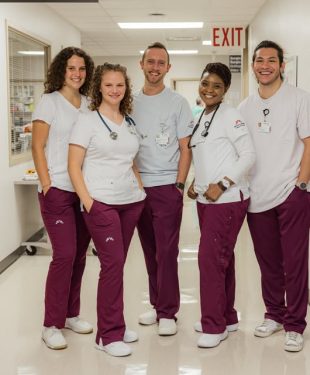

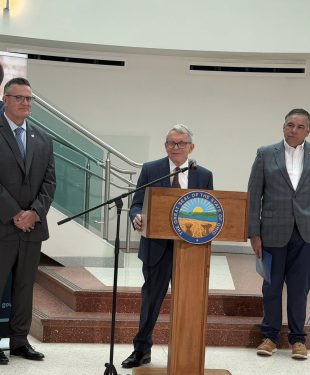


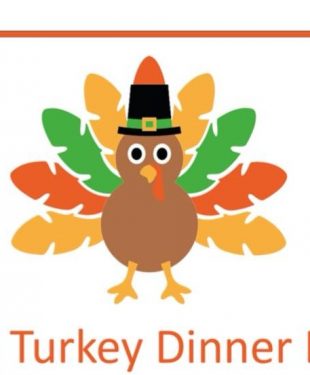




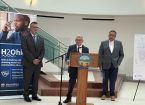






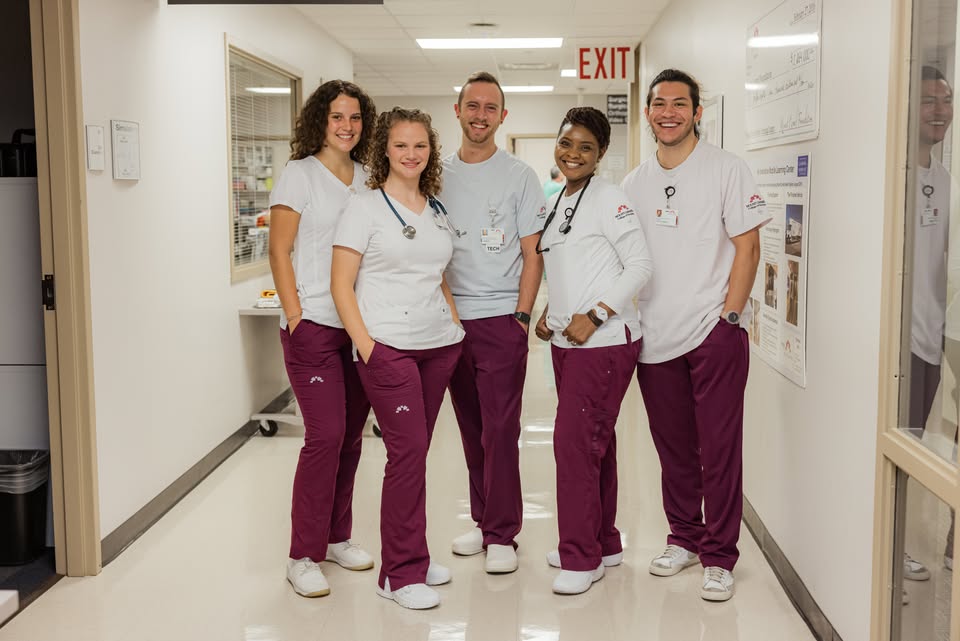

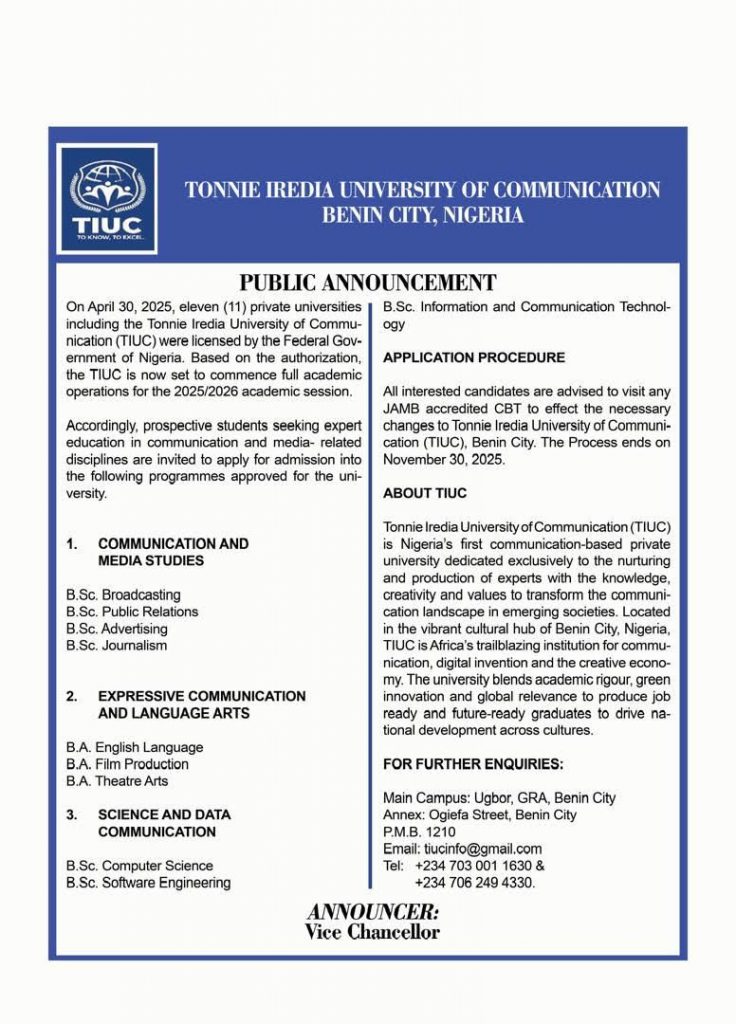
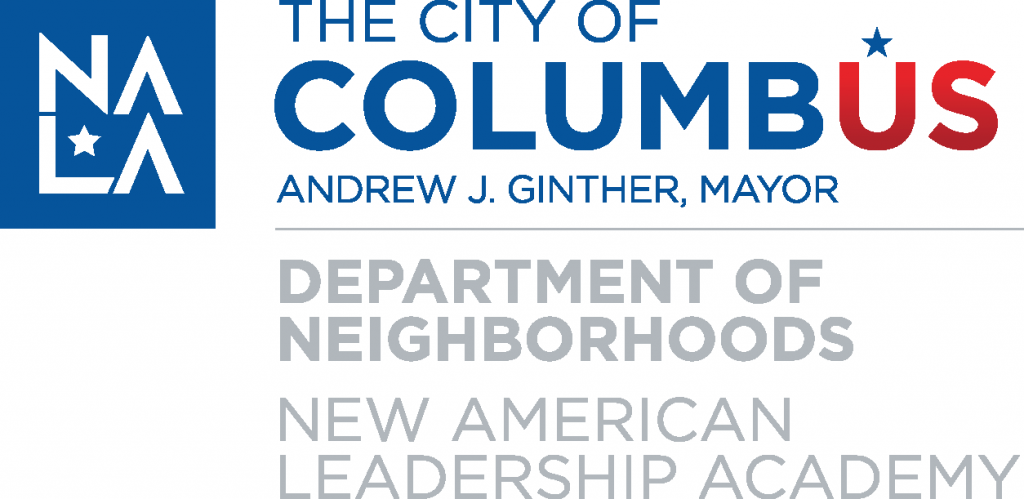






Leave a Reply
You must be logged in to post a comment.